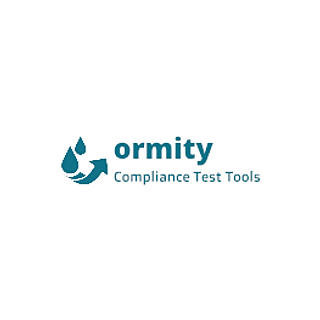Flammability Testing: Ensuring Product Safety and Compliance
- Dunel Atlantic
- Jul 1, 2023
- 2 min read
Updated: Sep 24, 2023
In the world of product manufacturing, safety is of utmost importance throughout the entire process. To ensure that the final products meet this critical attribute, flammability tests are essential in protecting consumers and preventing unwanted incidents or accidents. International standards establish the appropriate parameters and procedures to achieve the demanding safety requirements.
These standards cover a wide range of products and industries, providing specific guidelines for different types of tests. Materials such as plastics, fabrics, and coatings undergo HB (Horizontal Burn) and VB (Vertical Burn) tests to evaluate flame propagation and burn rate. These tests are performed in accordance with standards such as ASTM D1238, NFPA 701, CAN/ULC-S136, CAN/ULC S109, and CAN/ULC S114. Additionally, the intensity of burning is also considered in flammability tests, which utilize Bunsen burners with 50W and 500W capacities to apply a controlled flame to the tested material. These tests follow ASTM E2058, ASTM D5025, and IEC 60695-11-10.
Several widely used flammability tests include ASTM E84, which measures flame propagation and smoke density in building materials. Another relevant standard is UL 94, which evaluates the flammability of plastic materials and classifies them based on their self-extinguishing capabilities. ISO 11925-2 is applied to test the flammability of non-metallic materials when exposed to an external ignition source. NFPA 701 is used to test the flammability of textiles and curtains in commercial settings. IEC 60332 is applied to test the flammability of electrical cables when exposed to direct flame. These standards play a fundamental role in ensuring product safety and consumer protection.
In the aviation segment, the RTCA DO-160 standard is also extremely relevant, as it covers a wide range of environmental conditions and tests, including requirements for the flammability of materials used in airborne equipment. Lastly, but not less important, in the toy industry, the EN 71-2 standard is essential in establishing requirements and testing methods to assess flammability conditions.
To meet flammability testing requirements in various sectors, Ormity Inc., a leader in the field of product testing

machines and Devices is a pioneer in the robotization of flammability chambers and offers advanced automated solutions. Their 4-axis automated chamber allows for precise control of the testing process, including the use of 50W and 500W Bunsen burners. The rotating Bunsen burners enable automatic ignition, flame activation, and sample extraction at the appropriate time. Flame sensors are strategically positioned to ensure safety during the test. With features such as Bunsen burner rotation, flame control, and automatic sample extraction, Ormity offers increased efficiency and accuracy in testing.
Through its innovative approach, the company significantly contributes to improving product safety and compliance. Their state-of-the-art automated solutions represent a milestone in the industry, providing enhanced reliability and risk reduction in flammability testing.
Flammability testing plays a crucial role in ensuring product safety and consumer protection. By strictly adhering to established standards and utilizing reliable test machines and devices, manufacturers can ensure that their products meet safety requirements and comply with international standards.




Comments